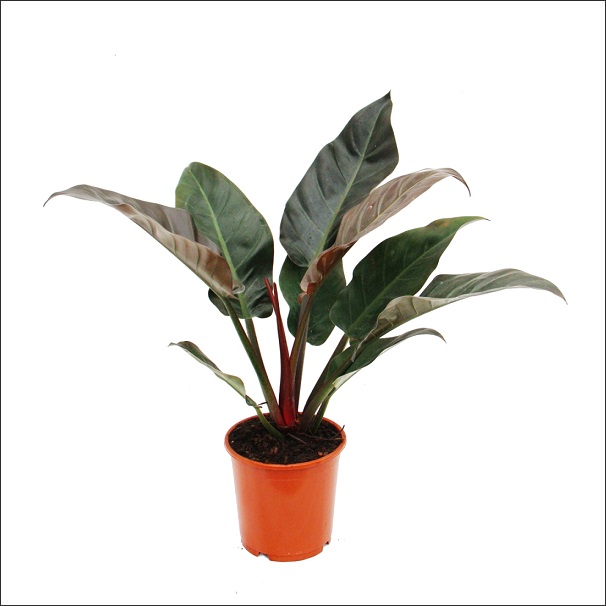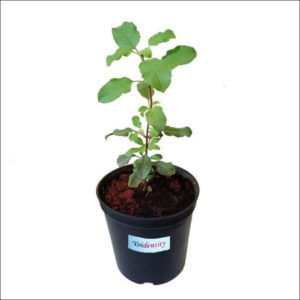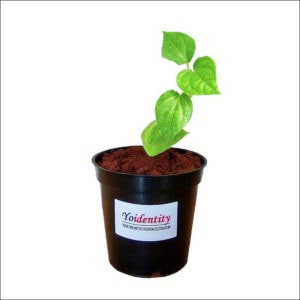Description
Philodendron Plants
Philodendrons are among the most popular, tolerant, and durable of all house plants. There are many different species of Philodendrons, each possessing it’s own characteristics as to leaf size, shape or coloring. Some species climb while others remain in more of a shrub shape.
- A Split Leaf Philodendron, Monstera deliciosa
- Split Leaf Philodendron
- Monstera deliciosa A Large Selloum, Elephant Ear Philodendron, P. bipinnatifidum
- Elephant Ear Philodendron
- Philodendron bipinnatifidum
Planting and care
Sunlight
- Keep the plant indoor or outdoor with bright indirect natural light or bright indirect artifical light.
- Protect the Philodendron plant from direct sunlight as it can cause damage to the foliage.
Soil
- The soil should be well drained and fertile for growing Philodendron plant.
Watering
- Water the plant when the topsoil (1-2 inch) in pot feels dry to touch.
- Do not overwater the plant.
- Water thoroughly in the summer and reduce watering in winter and rainy season.
Application of Fertilizer
- During the main growing season (April – August) feed the Philodendron plant with organic fertilizer once a month.
- Loosen the topsoil without disturbing the roots of the plant so it can uptake the nutrients and moisture easily.
Re-potting
- When a plant outgrows in current pot, re-pot with fresh potting soil and some fertilizer.
- Do the re-potting late evening and keep the plant in shady area for 2 to 3 days and then move the plant in its suitable climatic condition.
Plant Protection
- Remove dead, infected or damaged plant parts and discard them away from the plants.
- For any insect attack or disease, you can use Neem oil, Eucalyptus oil or Citrus oil spray for primary treatment.






Reviews
There are no reviews yet.